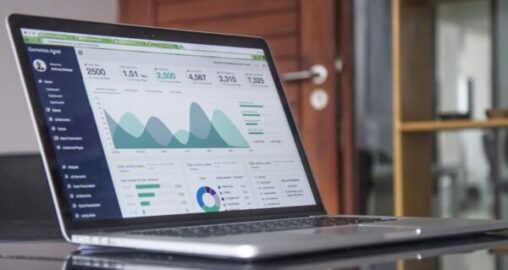Fred Hubler | Forbes
Most of us are hearing some version of a recession coming in 2024. Investors are becoming worried with geopolitical issues in the East and interest rate hikes helping slow the economy. A portion of those investors are large institutions. Let’s uncover what they are doing about the risk of an economic slowdown. Institutional investors have around twenty trillion assets under management and when the stakes are that high, one can only imagine the due diligence such investors institute.
When the economy and stock market begin to slump, the tradition has been to lean on your bonds while riding out the storm. 2022 proved this strategy is no longer reliable, even if not entirely retired from the investor playbook. Traditional markets can still fall even when the intrinsic value of the assets are solid. The reason for this is volume trading with respect to supply and demand. Traditional investments are typically liquid so when selloffs occur due to fear, values will fall no matter the intrinsic strength of the assets. Alternative investments are different. Often illiquid to some extent, institutions are finding safe haven in the place where behavior from other investors doesn’t burn the wallet.
There are many types of alternative investments as noted in the link earlier. Today we’re discussing specific types of alternatives institutions are looking at, as well as macroeconomics driving this new wave.
Private Equity is equity not on public exchanges the way corporation’s stocks are. As noted, alternative investments are more illiquid and liquidity varies greatly depending on the asset. With proper planning, an institution can invest in these assets without the issue of needing the money later. This is similar to the way financial advisors plan for clients whose needs can be met by way of alternative investment. According to Natixis, institutions relied on private markets for yields when rates were low. With equities looking down they look to these markets for capital appreciation.
Private companies that have their own equity held by investors are only subject to a smaller and often more patient pool of investors. This means they are able to operate with an umbrella overhead with the rain being the coming recession and shareholder behavior. Institutional investors recognize this and invest in companies they believe can weather what the economy has to bring. Valuations of their investments take care of themselves as shares reflect more of their intrinsic value rather than public investor fear.
To understand private credit one must first understand public credit. Public credit can come in the form of bonds, mortgage backed securities (think of the ‘08 recession), loans, and any other type of investment backed by borrowing that can be bought by the public. Private credit can be some of those things and others, the key difference being it’s private. Considering what public debt did to the economy back in ‘08, institutions are still wary.
Adding private credit to one’s public credit holdings is the kind of diversification that institutions are preparing for according to Pensions and Investments. If an investor has real estate holdings and prices are bound to fall eventually, this can provide the proper hedge. With investments in private credit, an investor can hedge against a cooling real estate market, as well the public credit markets all in one go. This doesn’t even take into account the institutional investor’s predictions for more opportunistic real estate ventures and something we reviewed in a previous article, real estate development. More opportunities in the credit space.
For now we believe that the Federal Reserve will keep rates as is, but of course they will eventually need to be lowered. A recession looming is keeping rates static, a recession in force may see them drop or at least see the market take that into consideration. With investors having seen the bond market fail to keep them safe from stock falls, private markets may be pushed up as investors turn to alternatives as their alternative for recession protection according to Wellington Management. Institutions are getting in early before the opportunity to buy in at a good price dwindles away.
The pandemic has shown the power of the Federal Reserve and the influence they can have over economic behavior. The markets price in the words of the Central Bank meticulously as they are one of the biggest insights into the future of the economy. One could even say they have a sort of a monopoly on investment behavior especially since the pandemic. While their insights and actions are critical to being informed, alternatives are largely unaffected by the Reserve as they don’t factor in economic activity the same as traditional and public investments.
Geo-politics and global economics and finance have also created a strain on public investments from bottlenecks of the pandemic to supply chain issues from Ukraine. The intrinsic value of public investments is watered down by systematic risk. High interest rates may provide better yields for new fixed income according to Investopedia, as well as savings accounts and money markets. So when rates fall, so do the rates of cash and cash alternatives such as money markets and government bonds. Alt yields are more heavily centered around the intrinsic value of the underlying asset. This brings investing back to the investment at hand.
These institutional investors have much to lose and a lot to prove. Being ahead of the game means finding opportunity and protecting downside when possible. One way to reduce risk and increase potential return is the use of alternative investments. With much protection from the traditional markets, macroeconomics, and geo-politics, it’s no wonder private markets have moved to the cornerstone of many portfolios according to Edwin N. Conway of BlackRockBLK +1.7% quoted by Pensions and Investments.
Securities offered through Arkadios Capital. Member FINRA/SIPC. Advisory services offered through Creative Capital Wealth Management Group. Creative Capital Wealth Management Group and Arkadios are not affiliated through any ownership












